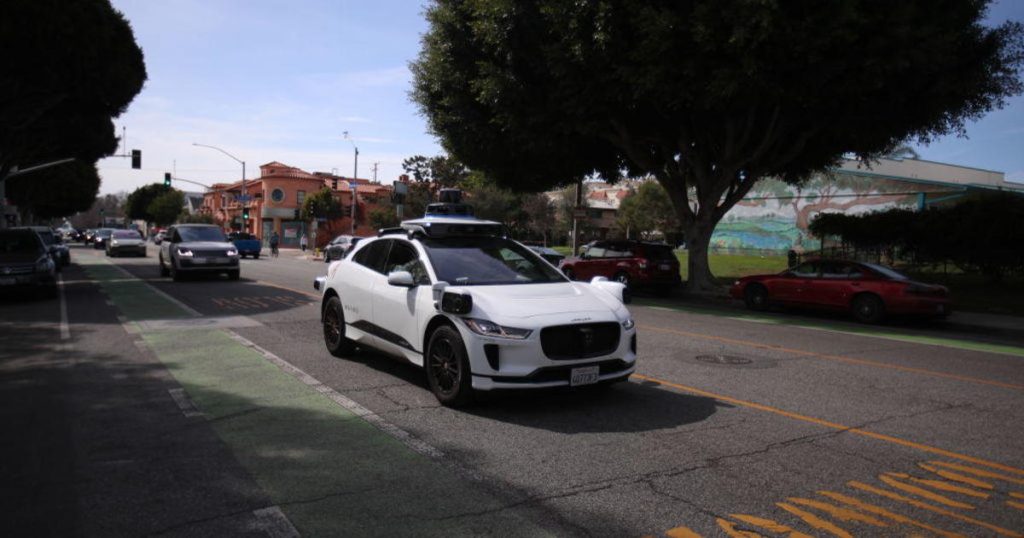Self-driving cars are seen as the future of the automotive industry, but the software powering these vehicles is not yet advanced enough to handle all scenarios, according to experts. One major flaw observed in self-driving systems is their inability to react to unexpected events, leading to accidents like the one in which a Ford Mustang Mach-E SUV, equipped with BlueCruise, crashed into a Honda CR-V in Texas. The National Highway Traffic Safety Administration (NHTSA) is investigating the role of BlueCruise in this accident, highlighting the need for further development in autonomous driving technology.
The NHTSA has launched investigations into various self-driving vehicles, including General Motors’ Cruise and Tesla’s autopilot feature, indicating that the technology is not yet mature enough for widespread usage. Despite being considered the next competitive frontier for automakers, autonomous driving systems still face challenges in handling unexpected situations. Robert Sumwalt, CBS News’ transportation safety analyst, compared the current state of self-driving technology to trying to send a rocket to the moon in 1910 when the Wright Brothers were still working on their planes.
Vehicle autonomy is currently at Level 2, with onboard computers, sensors, and detection systems that can detect the surrounding environment in real time. However, the software struggles to navigate unexpected obstacles like animals or sudden stops on highways. Ford’s BlueCruise, a Level 2 system, allows drivers to take their hands off the wheel on highways while the vehicle manages steering, braking, and acceleration. Ford and other automakers are investing in the development of Level 3 autonomous systems, which would enable more advanced capabilities and improve safety in stop-and-go traffic and long trips.
The race for autonomous driving technology is ongoing, with automakers like Ford, GM, Mercedes-Benz, Nissan, Subaru, and Tesla all working to perfect their self-driving systems. Real-world testing is crucial for advancing the technology, despite the risks of crashes, fatalities, and federal investigations. While automakers conduct extensive testing on closed tracks, putting self-driving vehicles on actual roads allows for faster progress but comes with a high cost. Advancing self-driving technology involves navigating not only interactions with other vehicles but also unpredictable behaviors from pedestrians, cyclists, and other road users.
K. Venkatesh Prasad, senior vice president of research at the Center for Automotive Research, emphasized the need for self-driving cars to navigate complex environments with other road users. Automakers face challenges in perfecting their autonomous systems to adapt to unpredictable human behaviors and movements. The competition to achieve the “Holy Grail” of autonomy is fierce, with companies vying for attention and financial benefits from leading the self-driving technology race. Perfecting autonomous driving not only promises improved safety and convenience but also offers significant market advantages for the first company to achieve widespread adoption of self-driving vehicles.


